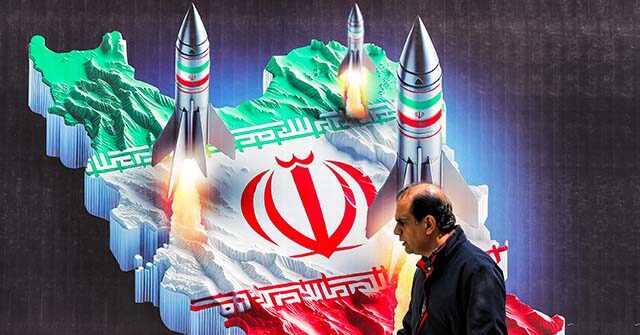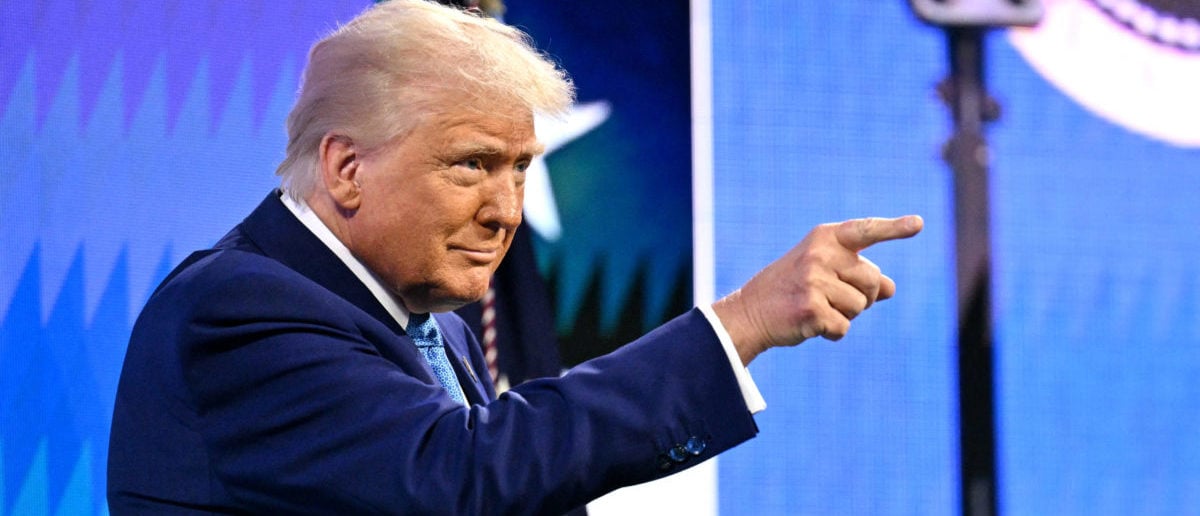President Donald Trump has made a decisive move by reinstating the “maximum pressure” policy on Iran through an executive order. This policy is part of a broader initiative that involves withdrawing the U.S. from several United Nations agencies, including the Human Rights Council and UNESCO. Central to this strategy are financial sanctions aimed at disrupting Iran’s funding of terrorism.
Iran has long been recognized as a major sponsor of global terrorism, supporting groups like Hamas, Hezbollah, and other militant organizations. A 2018 State Department study revealed Iran’s significant financial commitment to these groups, estimated at $1 billion annually. Nathan Sales, the then-Ambassador-at-Large and Coordinator for Counterterrorism, highlighted these figures to emphasize the threat.
During Trump’s first term, similar sanctions were imposed, significantly curtailing Iran’s influence in the Middle East. The designation of the Islamic Revolutionary Guard Corps (IRGC) as a foreign terrorist organization marked a critical step in this effort. Additionally, the elimination of IRGC Quds Force chief Qasem Soleimani in 2020 further weakened Iran’s terror network.
In response to these actions, Iran has pursued legal action against Trump and his administration, seeking $50 billion in compensation. The Tehran court ruling, however, has been ignored by the defendants. Amid these tensions, Iranian figures have even called for Trump’s assassination, reflecting the heightened hostility.
Trump addressed these threats with characteristic bluntness, warning Iran of dire consequences should they act upon them. He made it clear that any move against him would lead to severe retaliation. This firm stance echoes his previous warnings to Iran regarding their nuclear ambitions.
The shift in U.S. policy during the four years between Trump’s terms saw significant changes under President Joe Biden. Biden’s approach included concessions to Iran, hoping to curb their terrorist activities. Early in his term, he removed the Houthis from the list of designated foreign terrorist organizations.
Biden’s administration also facilitated Iran’s access to $6 billion in previously frozen funds. This move was controversial, coinciding with the release of American hostages, though the administration denied any connection. Further, sanctions on former Iranian officials were lifted in what was described as a response to “verified change in behavior or status.”
These policy shifts were followed by a devastating terrorist attack in Israel on October 7, 2023, orchestrated by Hamas, an Iranian proxy. The attack involved brutal assaults on Israeli civilians, leading to widespread condemnation. Iran’s reaction to this atrocity was one of celebration, with public festivities in Tehran.
The differences in approach between the Trump and Biden administrations highlight a stark contrast in foreign policy. Trump’s firm stance on Iran aimed to curb their influence and deter terrorist activities. In contrast, Biden’s policies leaned towards engagement, with mixed results.
The implications of these policies continue to unfold, with global reactions varying widely. Trump’s reimplementation of sanctions underscores a return to a more aggressive stance against Iran. As tensions persist, the impact on international relations remains a topic of significant concern.
Observers note the potential for further destabilization in the region as these policies play out. The choice of strategy in dealing with Iran will likely have far-reaching consequences. With each administration charting its course, the path forward remains uncertain.
Iran’s role on the world stage continues to be a contentious issue, with implications for peace and security. The debate over the best approach to countering Iran’s influence is ongoing. As the situation evolves, the global community watches closely.
The reinstatement of Trump’s “maximum pressure” policy is a clear signal of his administration’s priorities. This move is aligned with a broader conservative ideology focused on national security. The effectiveness of these strategies will be closely scrutinized in the coming months.
Iran’s response to these renewed pressures will be critical in shaping future interactions. The potential for escalated conflict or diplomatic resolution remains open. As the international community navigates these challenges, the stakes are undeniably high.
The ongoing dynamics between the U.S. and Iran are a testament to the complexities of global politics. The path forward will require careful consideration of past actions and future possibilities. As history unfolds, the lessons learned will be invaluable.



